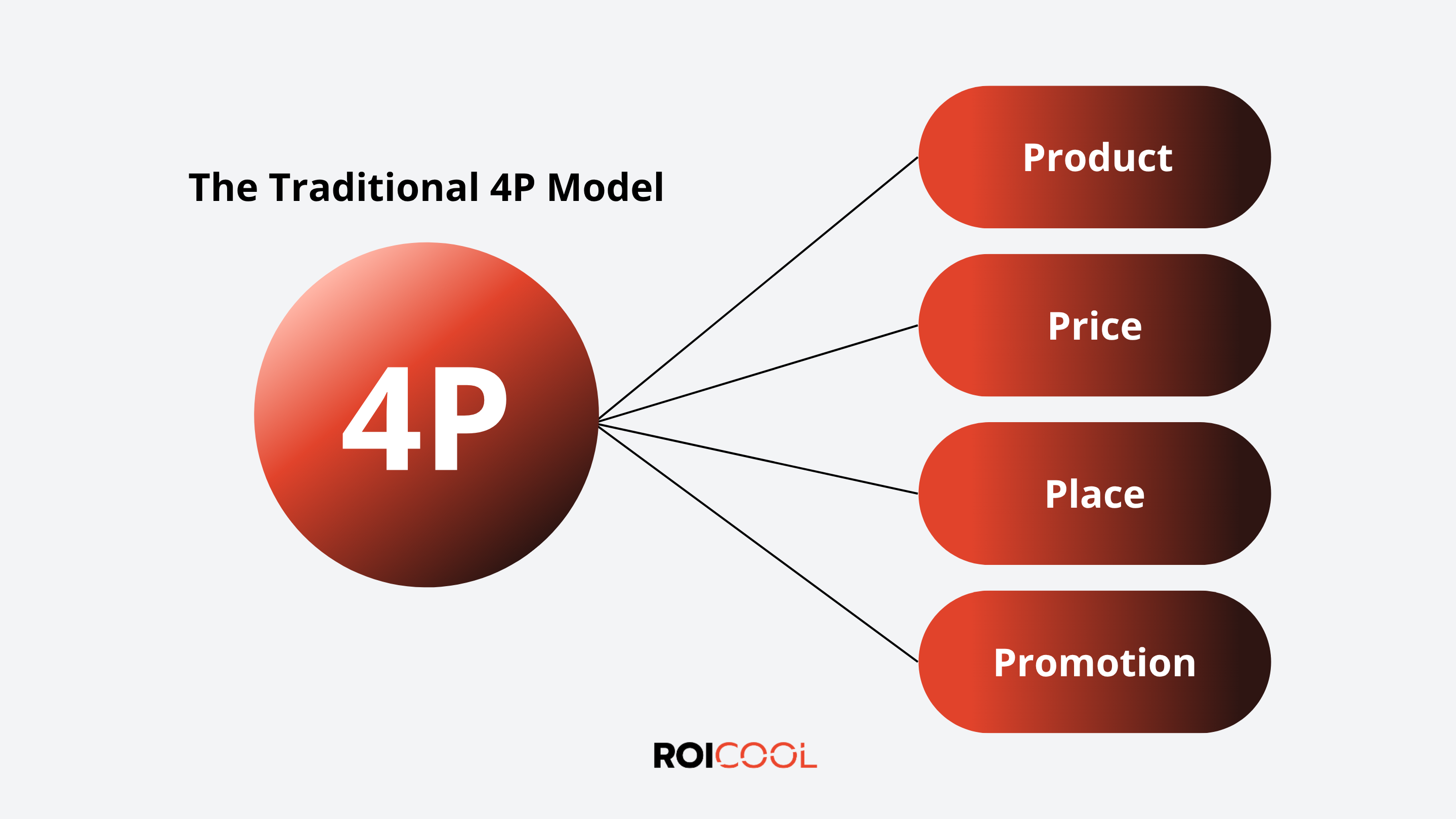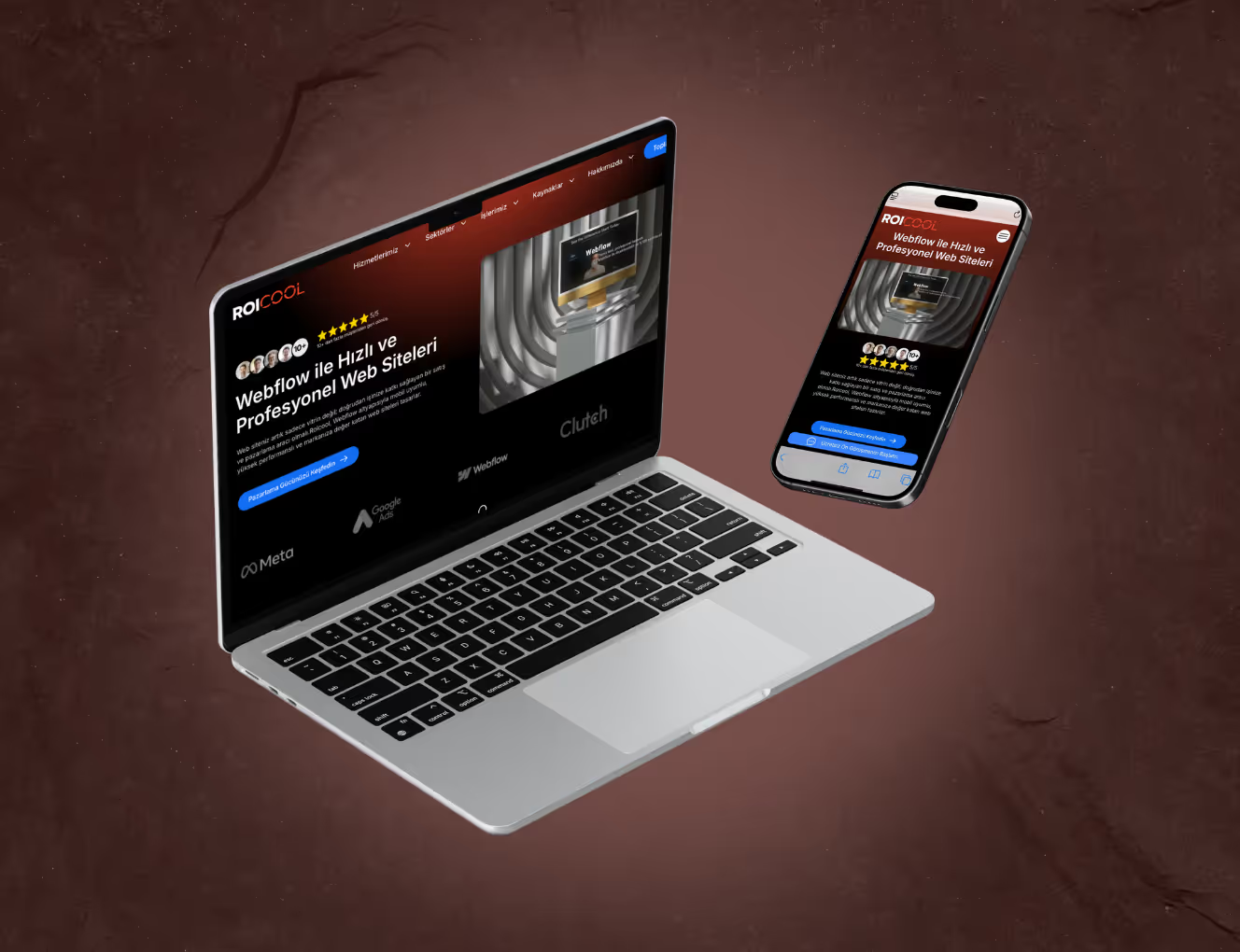Success in the world of marketing is a complex equation that cannot be left to chance. Connecting a product or service with potential customers depends on delivering the right message at the right time on the right platform. The concept that forms the foundation of this equation, which every marketer must master, is called the marketing mix. Best known as the 4Ps, this model has evolved over the years to include new approaches like the 7Ps and 4Cs.
So, what exactly is the marketing mix, and why is it so critical to a business's success? In this comprehensive guide, we will define the marketing mix, detail each component of the 4P, 7P, and 4C models, and explore how these classic theories have evolved in today's digital marketing landscape.
What is the Marketing Mix?
At its most basic, the marketing mix is the set of controllable, integrated, and dynamic marketing tools a company uses to achieve its marketing objectives in its target market. This "mix" refers to the fundamental components that must be combined to successfully offer a product or service.
The primary goal of the marketing mix is to ensure a company presents its offered value (product) at the right cost (price), in a channel customers can easily access (place), and with effective communication (promotion). The correct balance between these elements directly impacts the brand's market position, competitive strength, and, ultimately, its profitability.
The Cornerstone of Marketing: The Traditional 4P Model
Although the concept of the marketing mix was first introduced by Neil Borden in the 1950s, it was E. Jerome McCarthy who simplified the idea in the 1960s, formulating the 4P model that remains valid today. This model defines the four main areas marketers must focus on.
1. Product
The first and most fundamental element of the marketing mix is the product. A "product" can be a tangible good or an intangible service offered to satisfy the needs or wants of a market. However, it is not just a physical object.
- Design and Features: The product's functionality, design, quality, and aspects that differentiate it from competitors.
- Branding: The product's name, logo, packaging, and the perception it creates in the customer's mind.
- Service and Warranty: After-sales support, warranty conditions, and the customer service experience.
A successful product strategy begins with understanding what the target market needs.
2. Price
Price represents the monetary value the customer is willing to pay for the product or service. Pricing is the only element in the marketing mix that directly generates revenue.
- Pricing Strategy: Different strategies such as market penetration, price skimming, psychological pricing, or cost-plus pricing.
- Discounts and Promotions: Temporary discounts, coupons, and payment options offered to attract customers or increase loyalty.
- Perceived Value: The price must align with the "value" the customer attributes to the product. A price that is too low can damage quality perception, while a price that is too high can drive customers away.
3. Place (Distribution)
Place covers all activities related to how and where the product is presented to the customer. It's not just about a physical location but about how easily the product is made accessible to the customer.
- Distribution Channels: Will you sell your product in retail stores, on your e-commerce site, in marketplaces, or through distributors?
- Logistics and Inventory Management: Storing and transporting the product and ensuring it is in the right place at the right time.
- Accessibility: How easily and quickly can the customer access the product when they want to buy it?
4. Promotion
Promotion includes all activities that cover how your brand and products communicate with the target audience. The answer to "What is advertising?" is only a small part of this P.
- Advertising: Reaching wide audiences through paid media channels (e.g., Digital advertising, television, radio).
- Public Relations (PR): Managing brand reputation and creating a positive image through media.
- Sales Promotions: Incentives designed to increase short-term sales (e.g., "buy one, get one free").
- Personal Selling: One-on-one communication and relationship building, especially in B2B marketing.

The Advanced Model for the Service Sector: The 7P Mix
Because the 4P model offered a product-centric approach, it began to fall short, especially with the growth of the service industry in the 1980s. Due to the intangible nature of services (they cannot be touched or stored), three new "Ps" were added to the model, giving rise to the 7P (Extended Marketing Mix) model.
5. People
In the service industry, the people delivering the service are an inseparable part of it. Your customer service representative, sales team, or technical support staff is the "human" face of your brand. Employee training, motivation, and the quality of their interaction with the customer directly determine overall customer satisfaction.
6. Process
Process refers to the way the service is delivered and the entire set of steps the customer goes through to receive it. In other words, it is the entirety of the customer's experience. A well-designed process makes the customer journey smooth, efficient, and enjoyable. Everything from the ordering process at a restaurant to the installation of a software falls under this.
7. Physical Evidence
Because services are intangible, customers look for tangible clues to evaluate the service's quality. Physical evidence includes the environment where the service is delivered and all tangible elements within it.
- Physical Environment: A hotel lobby, the cleanliness of a clinic, or the decor of an office.
- Digital Environment: Today, the most important physical evidence is often the company's website. A professional web design is a digital showcase that reflects the brand's reliability and quality.
- Other Tangible Items: Brochures, business cards, invoices, and even employee uniforms.

The Customer-Centric Approach: The 4C Model
The 4P model was largely created from the company's perspective (inside-out). In the 1990s, Robert F. Lauterborn argued that marketing was evolving from mass production to a customer-centric structure and proposed the 4C model. This model shifts the 4Ps to the customer's perspective (outside-in).
- Product → Customer Value
It focuses on "What need is the customer fulfilling, what value are they buying?" instead of "What are we selling?" Customers don't buy features; they buy benefits.
- Price → Cost
It focuses not just on the product's price tag, but on the total cost the customer incurs to own it. This cost includes time, shipping fees, the effort to learn, and even potential post-purchase hassles.
- Place → Convenience
It focuses on "How easy is it for the customer to buy?" instead of "Where are we selling?" Being able to order online 24/7, an easy return process, or fast delivery are all part of the "convenience" element.
- Promotion → Communication
It advocates for a two-way communication and dialogue with the customer instead of a one-way "promotion." Social media, customer reviews, and interactive content are the foundations of this approach.

How to Create a Successful Marketing Mix Strategy
Creating an effective marketing mix requires strategic planning that aligns all these elements.
Step 1: Market Research and Target Audience Definition
It all starts with knowing your customer. You must deeply understand who your ideal customer (buyer persona) is, their needs, pain points, and purchasing behaviors. Analyze what your competitors are doing (Competitor Analysis) and the gaps in your market (Opportunities).
Step 2: Define Your Unique Value Proposition (USP)
The "Product" of the 4Ps and "Customer Value" of the 4Cs come into play here. What sets you apart from your competitors? What is the core benefit you offer your customers? This must be at the center of all your marketing messages.
Step 3: Finalize Your Pricing Strategy
Address the "Price" and "Cost" elements. What is the perceived value of your product? What are your costs? What are your competitors' price points? You must set a price that ensures profitability while aligning with the customer's willingness to pay.
Step 4: Select Distribution (Place) and Convenience Channels
You must be where your target audience is. How will you deliver your product most efficiently and conveniently for the customer? This could be a strong e-commerce site, physical stores, or marketplace partnerships. In the digital world, this also means being "findable" with a strong SEO presence.
Step 5: Create a Promotion and Communication Plan
How will you reach your customers? What messages will you convey? Create your plan to effectively use digital channels, whether through Performance marketing activities, content marketing, social media strategies, or working with a Google Ads Agency.
Step 6: Measure, Test, and Optimize
Your work isn't over after creating a digital marketing strategy. You must set clear KPIs (Key Performance Indicators) to measure success. Which campaigns are working, and which are not? You must continuously perform landing page optimization using methods like A/B testing and improve your strategy based on data.
Conclusion: The Holistic Power of the Marketing Mix
The marketing mix is not a "list of rules" but a dynamic strategic compass that determines your business's position in the market. The traditional 4P model has been enriched by digitalization, embracing the service details of the 7Ps and the customer-centric approach of the 4Cs. Today, success depends on being able to manage all these components (product, price, place, promotion, people, process, evidence) in sync, not just on paper, but also within the digital marketing ecosystem. A 4P strategy that fails to understand the customer's "cost" and "convenience" is now incomplete. When you build your strategy with this holistic perspective, you can sustainably increase your competitive power and return on investment (ROI).










